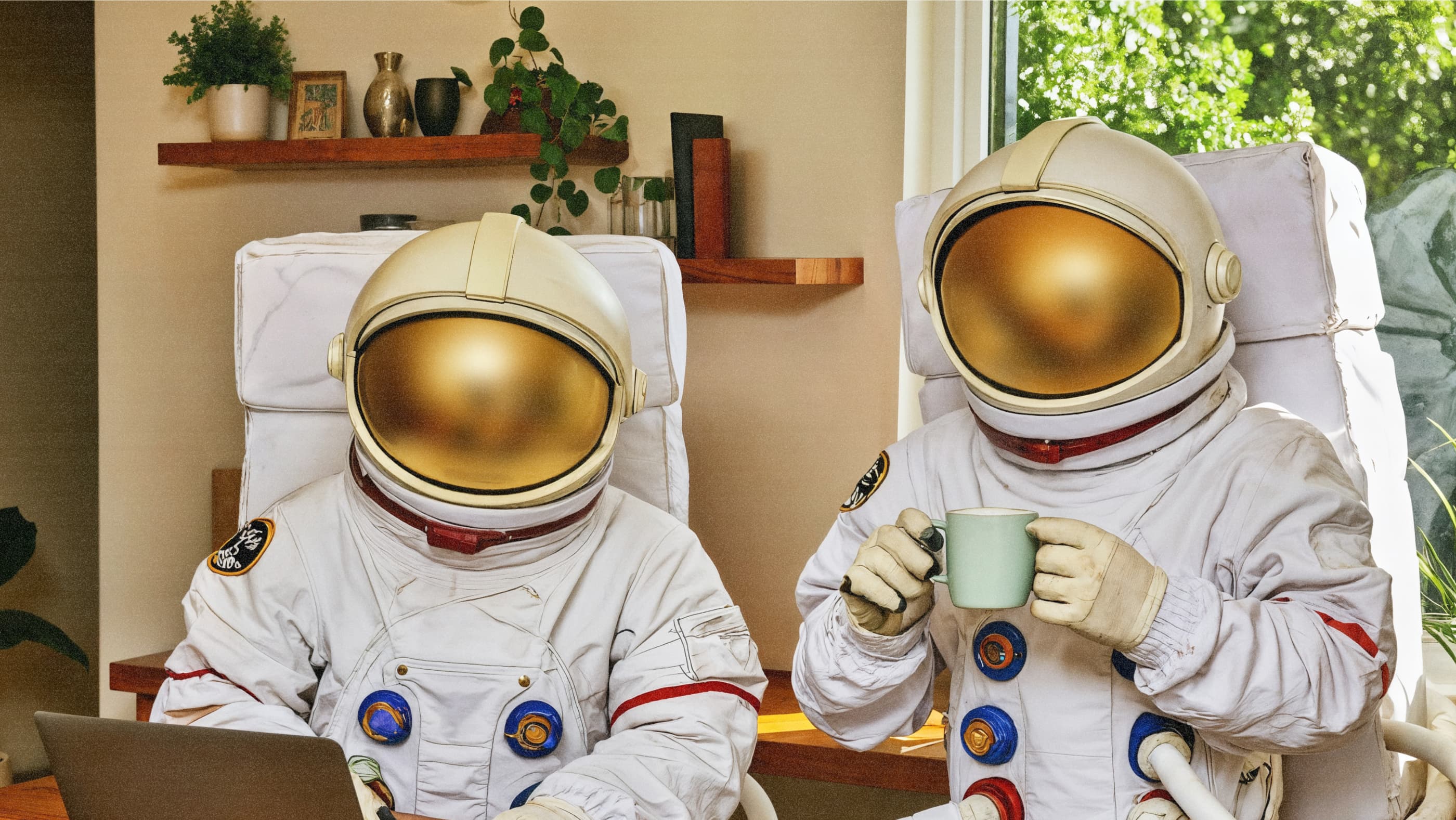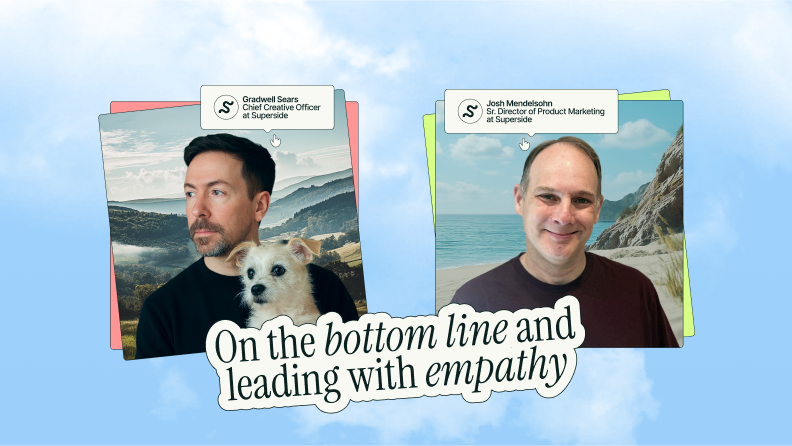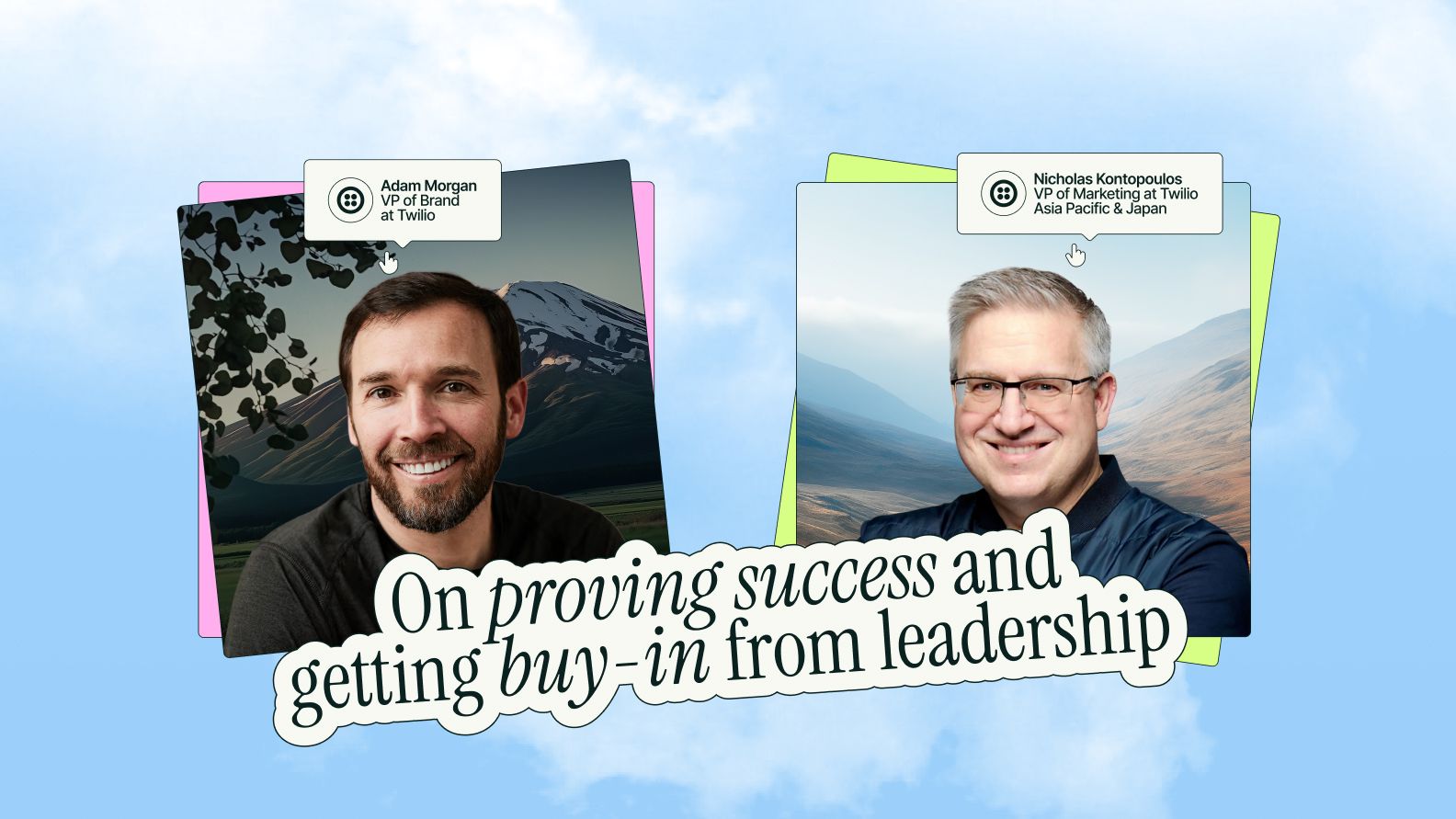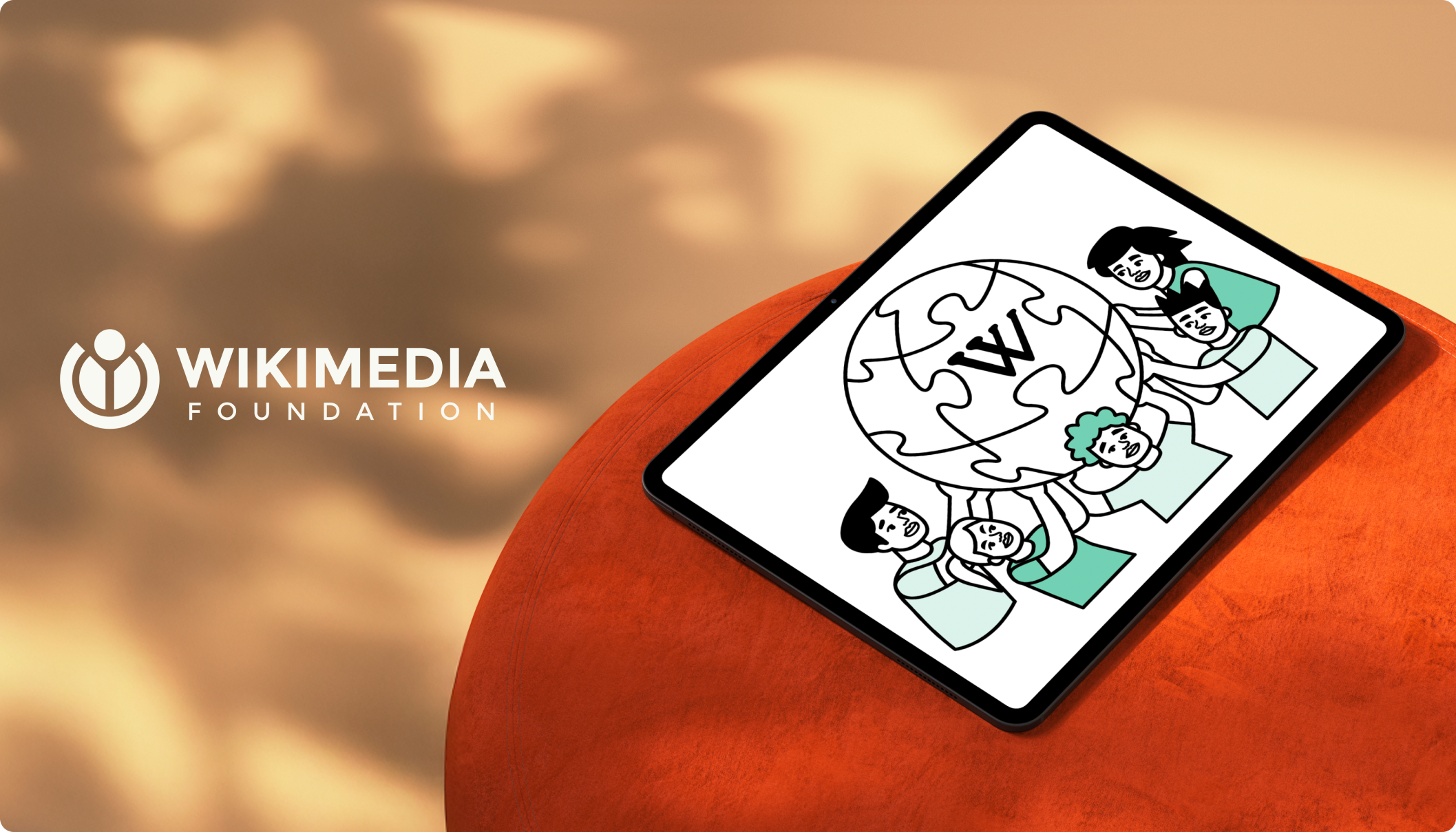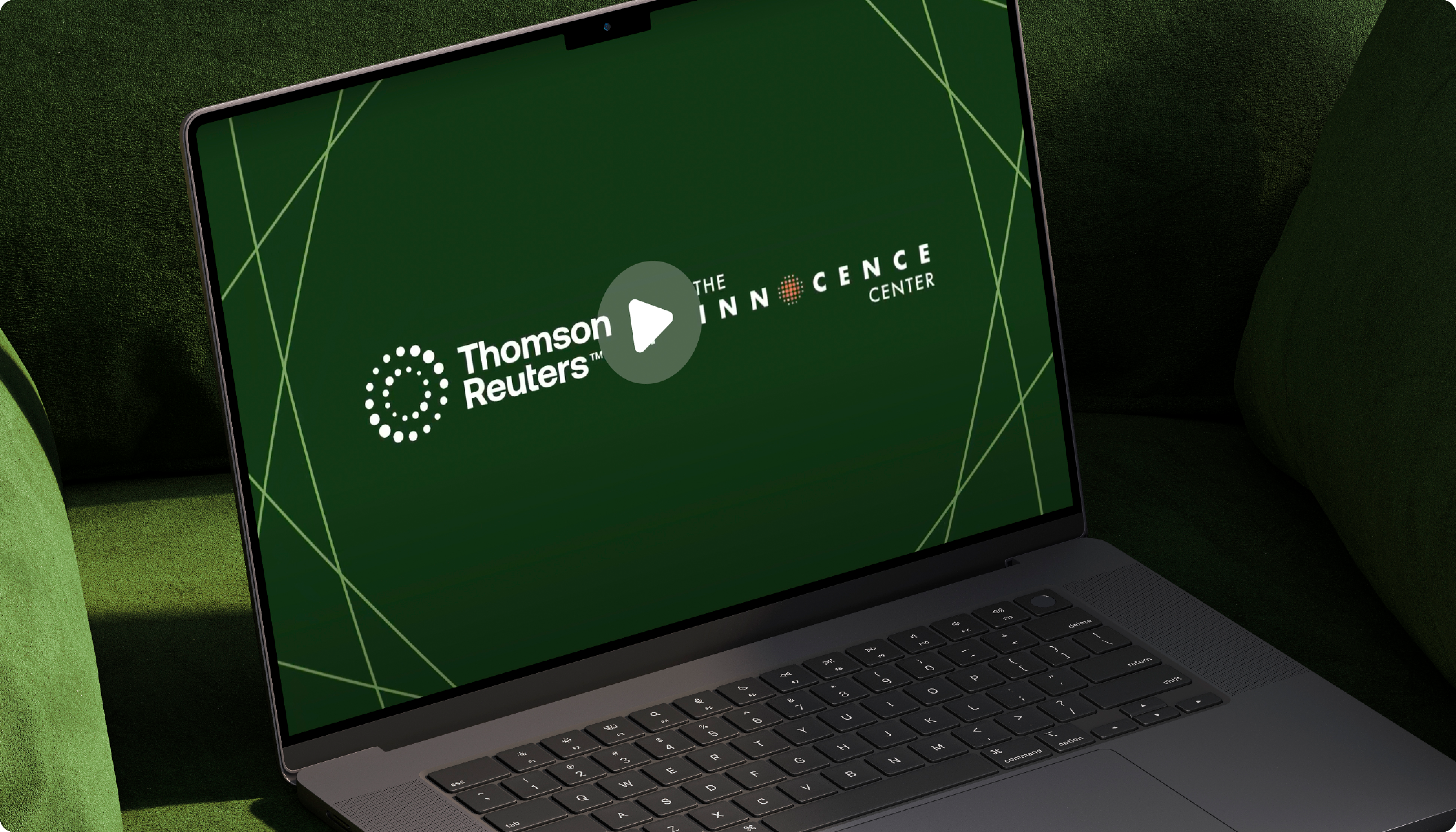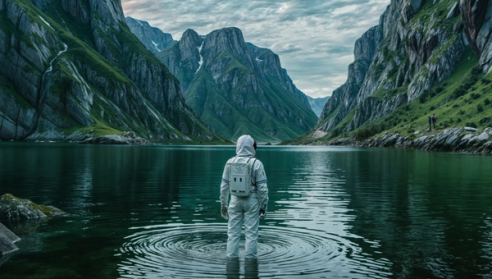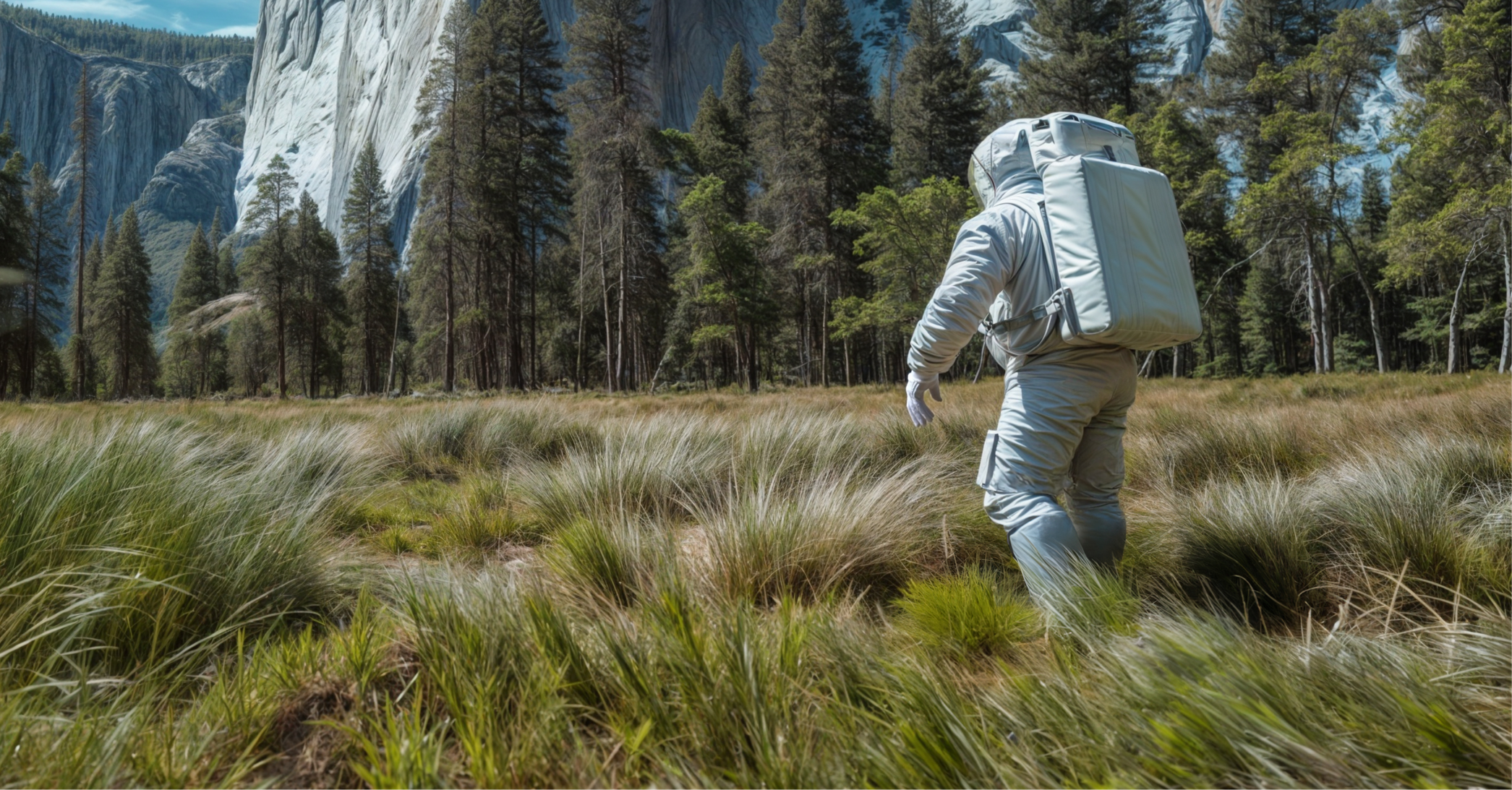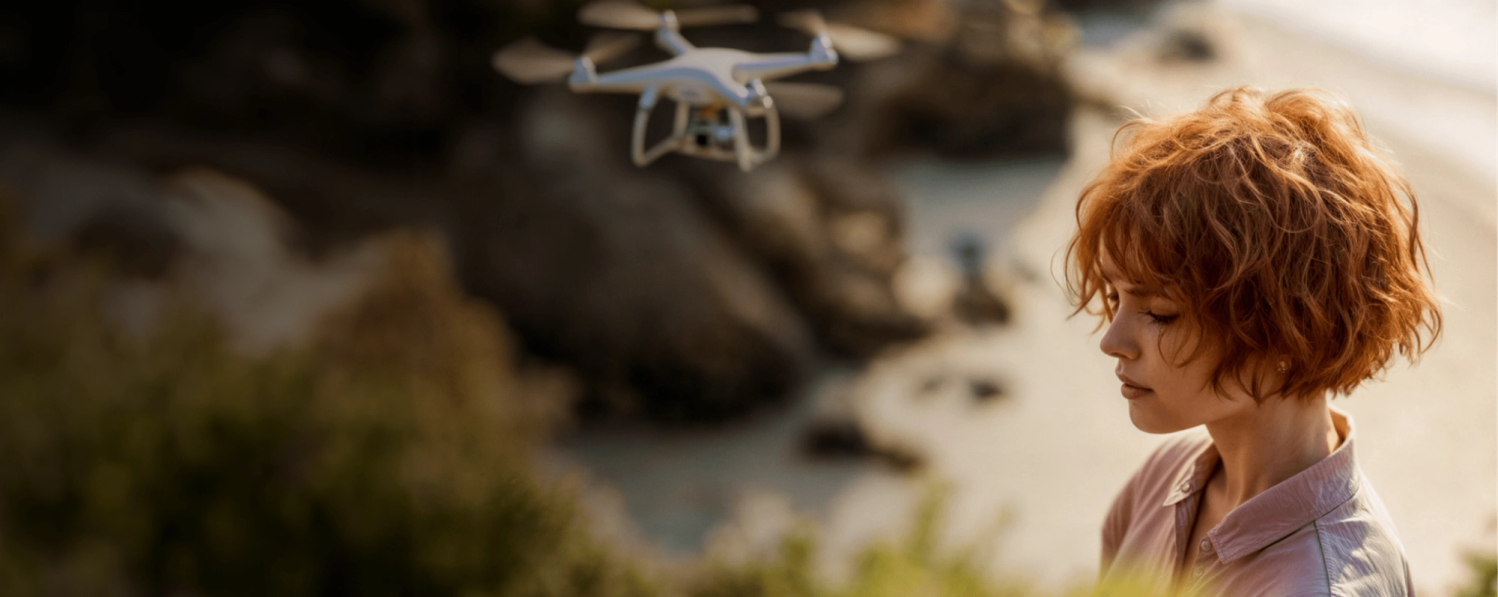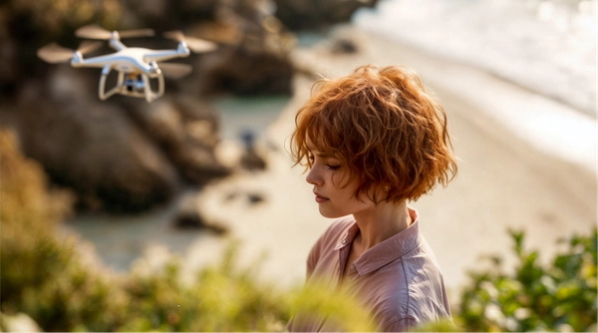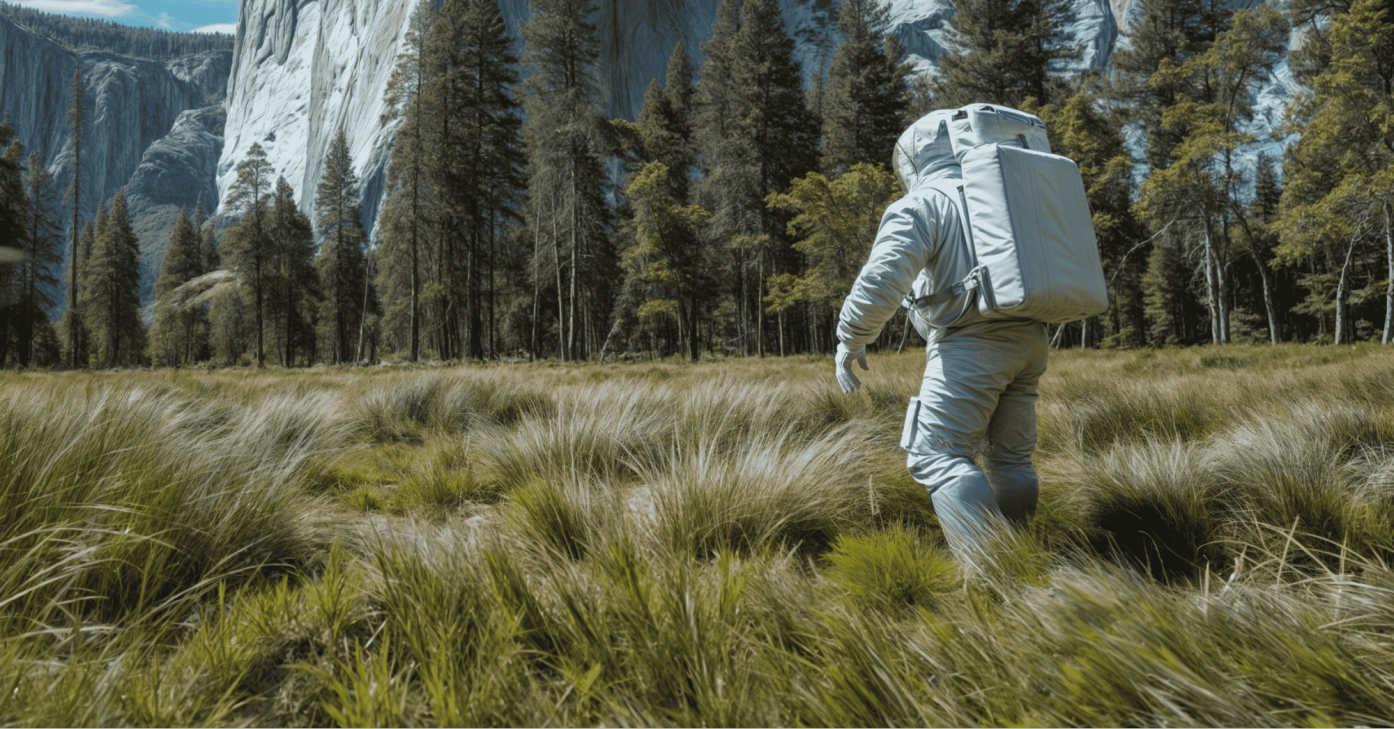Creative Directors Debunk 9 AI Design Myths

AI creative myths are affecting if, how and when teams implement AI in their strategy. Figma's Damien Correll and Zendesk's Sam Bathe clear the air around some of the most pervasive myths, and offer alternative approaches for creative leaders looking to integrate—ones more grounded in reality.
No one has a better reason to be skeptical of AI than creatives. The outpouring of AI hype does imply, at least in passing, that creatives and marketers will soon be able to recline and coast on the strength of their prompts.
According to creatives, nothing could be further from the truth.
During our Infinite Canvas summit, Damien Correll, Creative Director at Figma, and Sam Bathe, Creative Director at Zendesk challenged many of these popular preconceptions. For creative and marketing leaders, understanding these myths and the truths behind them is crucial for leveraging AI effectively. Here’s a comprehensive exploration of the AI myths that permeate the industry, along with some realities to ground us.
AI Hype Affects Us All
There are plenty of reasons to be excited about AI. We're all in agreement that being able to do creative tasks in seconds rather than hours is an impressive feat, but we disagree on which tasks it can do effectively.
For creative leaders, the expectations that some have proposed for AI are becoming a bit of a pain.
Brands need to reset their AI expectations
As enthusiastic as the last 900 LinkedIn posts you saw may have been, the best AI insights should come from creative leaders with a direct hand in the process. How and when AI meshes with your creative team's workflow will vary.
Creative Directors Debunk 9 AI Design Myths
The misconceptions and half-truths that follow AI are as varied as they are constant. Some are sensible, some less so, some directly contradict the others. Here, we’ll use Correll and Bathe’s insights to debunk the ones creatives hear most.
Claim #1: AI Can Replace Human Creativity
Truth: AI is a tool, not a replacement.
Correll emphasized that AI should be viewed as a tool to augment creativity, not replace it. Generative tools are no more a replacement for creative team members than a hammer is for a carpenter.
I think a lot of the gen AI products today, where there is this sort of veneer of creativity. It does somewhat echo the creative process we have writing and image making, but we do sort of just see it as a tool.

Correll highlighted that AI could help streamline certain aspects of the creative process, but it cannot replicate the depth and nuance of human creativity. It serves as a facilitator rather than a creator.
Claim #2: AI Will Solve All Creative's Problems
Truth: AI requires significant human oversight and refinement.
The belief that AI can instantly solve creative challenges is misguided. Correll illustrated this with his own experience using AI.
Largely what I end up doing is just editing whatever AI gives me to such a degree that it's hard to say the AI authored it in any capacity. Which I think is great, actually.

This example underscores the significant human effort required to refine AI outputs. AI can provide a starting point, and even greatly reduce the burden of tedious tasks. But the creative process still relies heavily on human intervention.
Claim #3: AI Can Work Independently Without Human Input
Truth: AI is most effective as part of a collaborative process.
Bathe discussed the importance of integrating AI within the existing creative workflows, highlighting that AI functions best when used collaboratively.
Within the creative process, we're kind of seeing it as more of an 'unblocker'. So if you're a designer and you can use these tools when you're on a first draft, like if you need dummy copy for a website, for a piece of creative, that kind of thing, we use a specific instance of ChatGPT for our brand.

Bathe pointed out that AI could help skilled teams expedite certain tasks, but it works best when complimenting human creativity rather than working in isolation.
Claim #4: AI Enhances Efficiency at the Cost of Quality
Truth: AI can enhance both efficiency and quality when used correctly.
A prevalent concern is that AI might prioritize efficiency over the quality of creative workflows and output. However, Correll argued that AI could be leveraged to maintain, if not enhance, quality alongside efficiency.
The tools can help our processes move along, and move things forward a little bit quicker than we have in the past.

Correll’s perspective is that AI can indeed help speed up processes without sacrificing quality, but only if used judiciously and in the right contexts.
Claim #5: AI Can Instantly Generate Final Creative Outputs
Truth: AI requires iterative refinement and human judgment.
The notion that AI can instantly produce final creative works is another misconception. Both Correll and Bathe stressed the iterative nature of AI-driven projects.
Sometimes you'll have a really great concept that you develop through, a sort of written narrative or something, and when you try to execute it using AI, it just doesn't work. But being able to move through that part of the process is really helpful.

This iterative process ensures that the final product meets the desired standards of quality and creativity, underscoring the ongoing need for consistent human oversight.
Claim #6: AI Can Replace Certain Creative Team Members
Truth: AI enhances team capabilities, but can’t replace them.
Bathe noted that AI could help teams become more efficient but does not replace the need for a diverse, skilled, and fully-stacked creative team.
We're not necessarily feeling the pressure of having to go out and use these things. They're tools, and we want to choose our tools based on the use case rather than the other way around.

The integration of AI is about enhancing what human teams can achieve, not replacing them entirely. The human touch remains essential for creative direction and innovation. If you’re looking to AI to reduce headcount, you’re missing the point.
Claim #7: AI Creative Is Harmless
Truth: AI is a powerful tool that should be used with caution and context. There are "necessary evils" that you'll have to consider and decide on.
AI's role in creative work is significant, but it must be approached with caution and used under the appropriate circumstances. Correll highlighted the importance of addressing ethical questions posed by AI.
The ethical considerations are massive here. It's interesting too, because I've actually seen the ethical conversation around AI shift over the course of my career.

He encouraged transparency and ethical sourcing of data if maintaining creative integrity is important to your team.
Claim #8: AI-Generated Work Is Original
Truth: AI tends to remix existing content.
One misconception is that AI can create entirely original work. Bathe pointed out that AI often remixes existing content rather than generating something completely new.
The joy and the power of our work is coming up with original, conceptual, different ideas. AI is giving you remixes—it's giving you stuff that it's seen before, but maybe in a slightly different way.

This highlights the importance of human creativity in developing truly original concepts that AI alone cannot achieve. AI can only mimic the best of human creativity.
Claim #9: AI Can Seamlessly Integrate into All Workflows
Truth: AI integration requires careful consideration and adjustment.
Bathe noted that integrating AI into existing workflows is not always straightforward and requires thoughtful adjustment.
It's hit a point where as teams and individuals, we need to look at our processes as well and think: From briefing to shipping something, where are the moments where the tools can help us the most?

This careful consideration ensures that AI tools are used effectively and do not disrupt existing processes unnecessarily. The modern creative tech stack needs AI, but it can’t be slapped on as an afterthought.
Ground AI Adoption in Reality, Not Hype
The insights shared by Damien Correll and Sam Bathe at the Creativity Not Productivity AI Summit provide a nuanced understanding of AI’s role in creative work. By debunking common myths and highlighting the collaborative potential of AI, they underscore the importance of integrating AI thoughtfully into the creative process. AI is a powerful tool that, when used correctly, can enhance creativity, efficiency, and quality, but it cannot replace the human element that lies at the heart of all truly creative endeavors. Ground your approach in what we know of generative AI—not what less-affected parties say about it.
As creative and marketing leaders navigate the evolving landscape of AI, it’s essential to partner with experts who understand both the potential and limitations of these technologies. At Superside, our team is well-versed in leveraging AI while ensuring the human touch remains central to all creative work. By blending technological innovation with human creativity, we help brands scale their creative production while maintaining authenticity and originality.
Embrace the future of creativity with a partner who understands the delicate balance of AI and human ingenuity. Hit us up to learn how an AI-enhanced creative partner can elevate your brand in a dynamic and challenging digital age.
David is a Senior Content Marketer at Superside. A former journalist with bylines too numerous to enumerate, he brings his love of storytelling and semantics to the marketing world. Recognizing the sizable gaps in the creative-as-a-service (CaaS) sector, he jumped at the chance to fill the creative void for ambitious brands. In his off hours, he enjoys loud music, making vegan meals and being made fun of for making vegan meals. He’ll gladly talk to you about any of the above on LinkedIn.
You may also like these
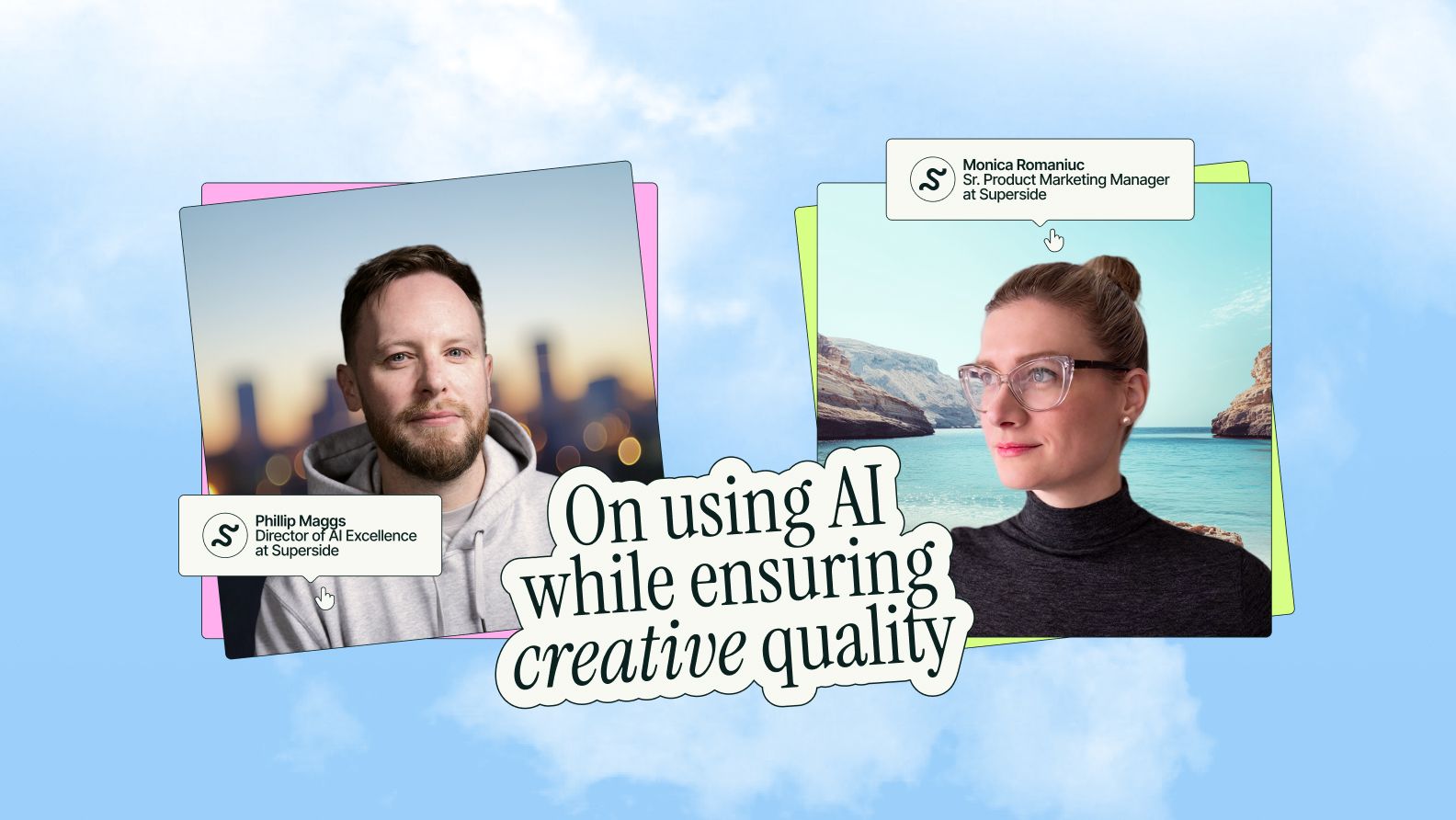
AI meets expertise: Inside Superside’s formula for quality creative
Will it look too “AI-y?” Will it sound too “AI-y?”When it comes to AI, many creatives and marketers share a common concern: Will it compromise the quality of their work?In our latest guide, Inside Great Creative Partnerships, Superside’s Phillip Maggs, Director of AI Excellence, and Monica Romaniuc, Senior Product Marketing Manager, confirmed this fear is unfounded—provided you’re doing it right. From quick tips to caveats, they shared:Where AI can provide value across creative and marketing workflowsWhy legacy stacks are a caveat (but not a lost cause)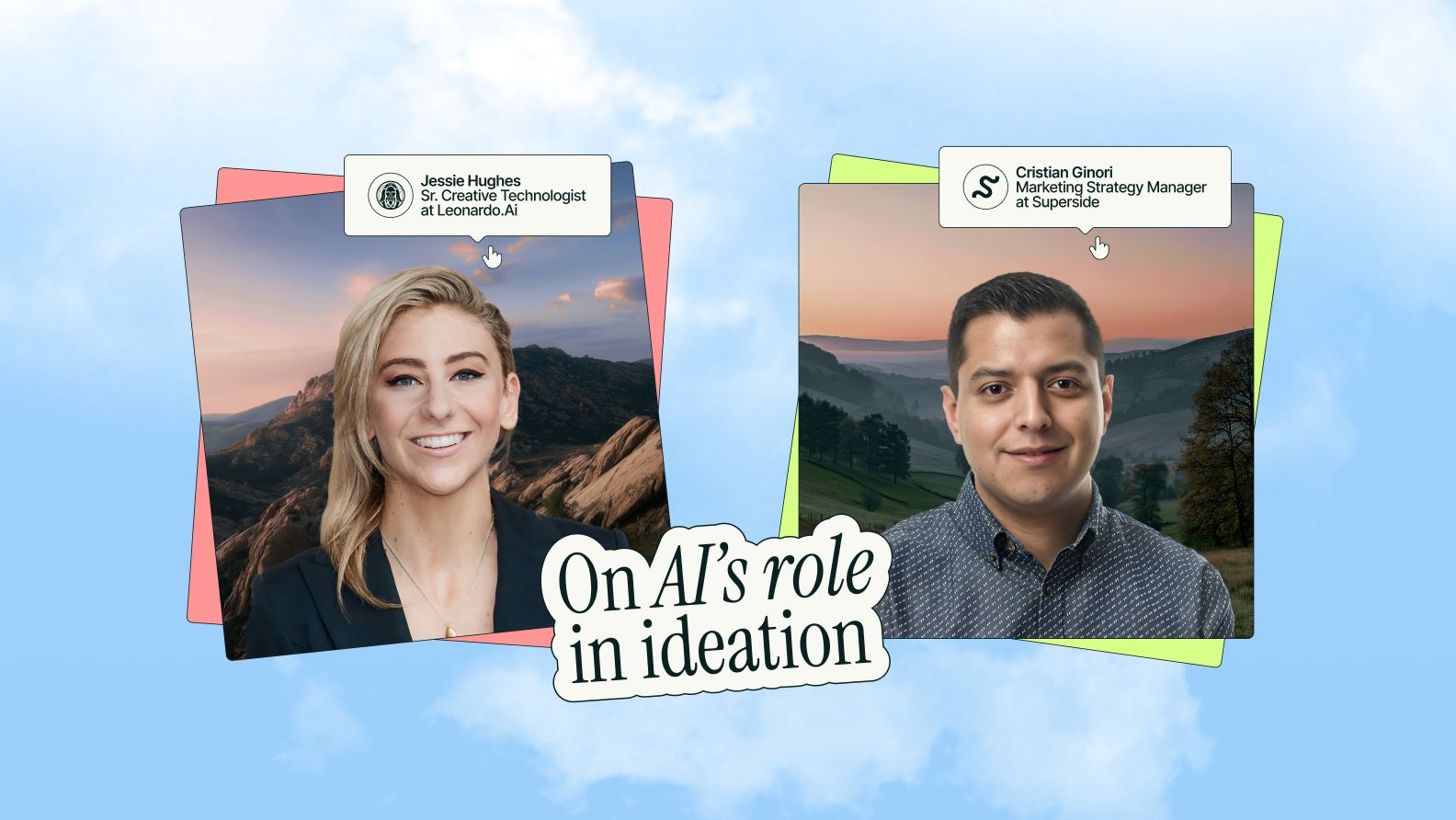
Ideating with AI: Inside a creative vs. marketing workflow
When generative AI gives you an eagle with two skateboards, lean in. When it gives you 10 angles for a campaign, choose wisely.In the ideation phase of her design workflow, Jessie Hughes, Senior Creative Technologist at Leonardo.Ai, embraces AI—accidents and all—to fuel greater creativity. By contrast, Cristian Ginori, Marketing Strategy Manager at Superside, takes a structured approach to brainstorming with AI, using systems to guide creativity toward strategic outcomes.Superside’s latest guide, Inside Great Creative Partnerships, digs into both approaches—and how AI helps creatives and marketers meet in the middle. Get a sneak peek of these insights, including:Why turning up the volume breeds better resultsHow to riff, refine and systematize with AI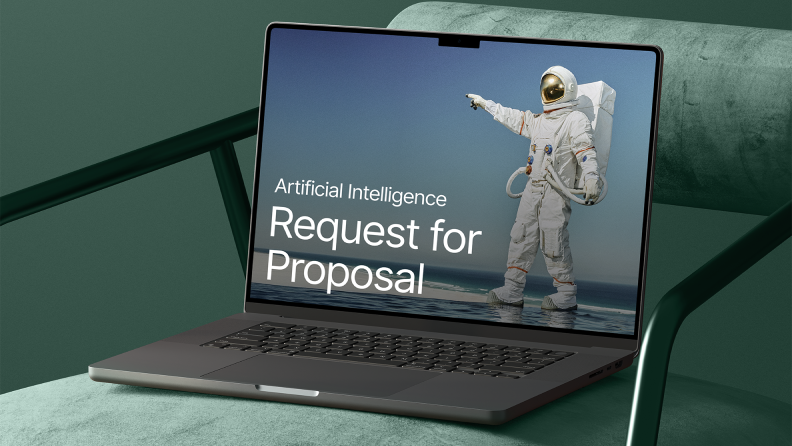
Why your graphic design RFP should include AI
The hours of research and preparation you put into a graphic design RFP, helps you build an in-depth framework for the ideal creative services partner.But, before you hit send, there’s another acronym to consider: AI.Not because 96% of creative leaders believe that AI will save time, 93% think it’ll improve quality or that 90% say their executive team understands the impact.Beyond saving time and money—AI lets you seize more opportunities.How AI opens doors